By Lindsey Jochets, DEED ’12
What is human composition? Is it a scientific interpretation of the body; oxygen and breath, or the unification and movement of atoms to form blood and tears? Is it an abstract; a conception of mind, body, and spirit? Is being ?human? what unites us all?
Humanity is the driving force behind DEED. This summer, DEED 2012 c0-founders Cynthia Lawson and Fabiola Berdiel collaborated interest with a diverse group of New School students, designers, entrepreneurs, philanthropists, artists and embarked on a 15 day adventure across the countryside of Colombia where they worked with local artisans, the Universidad Autonoma de Manizales, http://www.autonoma.edu.co/ ?and Centro de Desarrollo Artesanal de Caldas towards human centered design.? Each individual with their varied interest, background, and outlook on life proved to be asset to this initiative and was instrumental in the success of the project.
This amazing team used human-centered design to create sustainable development.? Sustainable development (like true love) begins within. The individual, including yourself, works inward-out towards the community, kind of like an exploding star.? This approach is the opposite of how development is often executed, starting at the top, trickling down.? DEED 2012 began at the center of us and the artisans and lifted up.
Clich? words and phrases commonly brand the concept of human-centered development; such as DEED?s very own use of entrepreneurship and empowerment.? However the essence of these words derives from one?s personal dreams, goals, and ambition.? Human centered design recognizes every dream that is dreamt plays a pivotal role human composition and the development of mankind; i.e. the internet.
After much reflection, I have been able see how ?lleno de vida? Colombia is and what it means to be a human being and an active participant in humanity. Colombia took my breath away while indulging my mind, body, and spirit.
MIND
I arrived in Pereira, Colombia at midnight, and I was immediately challenged with travel issues.? It was obvious I couldn?t operate with my normal predisposed nature, which is to over- plan and organize everything; somewhere between a worry-wart control-freak and a negative-Nancy.? I HAD to adapt to my environment, it was certain it was not going to adapt to me.
Upon exiting the airport, I was confronted with an actual sign of relief that read Lindsey Anne, and a heart dotting the i. My mother is the only person who calls me by both my first and middle names and as a result I felt a giant rush of relief, comforted by this vision of home.? Following this emotional release, I came to the realization I had been panicking over nothing which was more harmful to me, than the actual outcome. I needed to let go of my fear and my mind, trust in destiny and humanity. It was only after this moment where I could fully embrace Colombia.
Relinquish the mind while simultaneously strengthening it. The artisans we worked with in Aguadas, Colombia wove traditional Colombian hats.? DEED created interactive design exercises that established a dialogue amongst the group.? Through this the groups became aware of their core strengths and were enlightened to their underlying potential, and creativity.? The majority of the group members were women artisans, who had never participated in, nor had access too, certain aspects of the hat?s making and business; which was originally defined as a co-op; which it wasn?t.? DEED encouraged exploration where many (if not most of the women) began to exude confidence and even engaged in parts their process they had never thought of participating in. One woman confidently stated ?I am sure that if they teach us, we will learn.? This was an organic moment of self-realization promoted by DEED . These Aguadas artisans had little, but they were rich in happiness, they possessed passion for their work, love and compassion for one another, and the spirit of life.
While participating in a sketching exercise, Universidad Autonoma de Manizales Professor Francisco Lopez informed me to ??try not to think so much, just do; try to embrace and create the happiness around you.?? I had to change my mind, utilize the subconscious, be cognizant of the human condition, but conscious not to neglect reflection and meditation. Let go, enjoy the adventure that is life.
SPIRIT
The village and reservation Rio Susio was asleep.? It was as if I had entered a movie, walking through the town square, everyone drowsily staring, yet nothing moved, not even the wind. The indigenous people of Rio Susio came across as stoic and static, barely awake for our initial visit.? When asked what their dreams were, there was a long silence followed by no answer.? This was our biggest challenge yet. How can you practice human centered design if human is amiss? ??Dreaming is sacred; nobody can define another individual?s dreams.
Learning from this, we began our second session with some exercises, actual exercises.? First the ?Macarena? followed by ?cabeza, hombros, rodillas, manos y pies;? We wanted to get the blood flowing, connect the mind, body, and spirit.? This broke the ice.
We first asked how each individual defined themselves; i.e. artisan, mother, friend, farmer, business person, etc.? Then we inquired what skills did these roles entailed; i.e. patience, kindness, strength, math, etc. We later asked them to link the roles and skills to a hypothetical goals, which acted as jumping-off point for them to define their own goals.? This exercise started with the individual and work towards the goal.
Spirituality for the artisans of Riosucio was the act of making, not the commodity. As an artist and a human, I can relate to how easy it is to get lost.? Unfortunately dreams sometime fall to the wayside, whether it?s trying to feed your family or navigate the fluid motion and sensory overload of New York City.? Humanity needs to dream to feed their inner spirit; this is what poetically separates and defines each of us.
BODY
When you are dying of hunger and thirst you will take what is given to you. The human body requires food and water to flourish, but what is this vessel without a soul, a mind and or spirit?
Early in this adventure my DEED colleague Dominque Howse got a tattoo?in Manizales which reads ?Viva la raza?.? Race and economic circumstance were topics that manifested throughout our journey, often surfacing amid long thought-provoking car rides.? This passion was not only ignited through the dialogue but also the buildup of cold showers, lack of AC and sleep, cramped quarters, and the speed of the car down mountains and around cliffs.? DEED collaborators Fabiola, Dominque and Rashid Owoyele shared their profound experiences with race.? And on another car ride Deniss Garcia a design student at Universidad Autonoma de Manizales was enlightened on the matters of race, equality, and diversity through a discussion on The New School?s Social Justice Initiative. ?http://www.newschool.edu/leadership/provost/social-justice/ ?and http://blogs.newschool.edu/social-justice/ ?For some folks these concepts were everyday, and for others it was an awaking.? I can only speak for myself here, but first what I took from these perspectives is that ignorance and inactiveness on the matters of race, equality, and bodily respect is just as negligent and hurting as foul play; second that in order to carry out human centered design there has to be a horizontal pedagogy across the board, no hierarchy.
DEED 2012 was more than studying abroad, TA experience, and or a vacation; this was real life work, with real lives and real outcomes.? It was the time of my life.? I am grateful for this experience and I am grateful for every human I encountered and every experience I had, both good and bad. Thank you to the artisans and their families, Professor Cynthia Lawson and Professor Fabiola Berdiel, Alicia Brindisi, Daphna Lewinshtein, Dominique Howse, Rashid Owoyele, and The New School; Professor Francisco Lopez and Professor Jose Luis Gallardo, Deniss Garcia & The Garcia Family <3, Jessica Gonzalez and Jimenez, Santiago Zamora Arroyave, and the Universidad Autonoma de Manizales, the Centro de Desarrollo Artesanal de Caldas, and the light of humanity.
Sincerely,
Lindsey A. Jochets
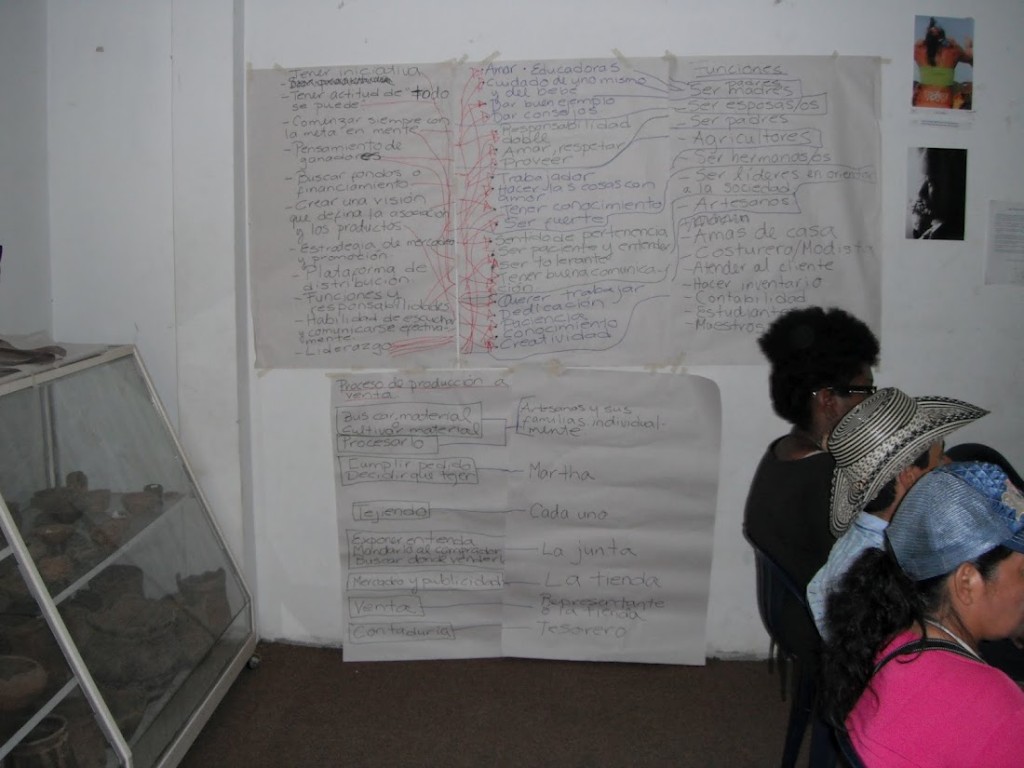
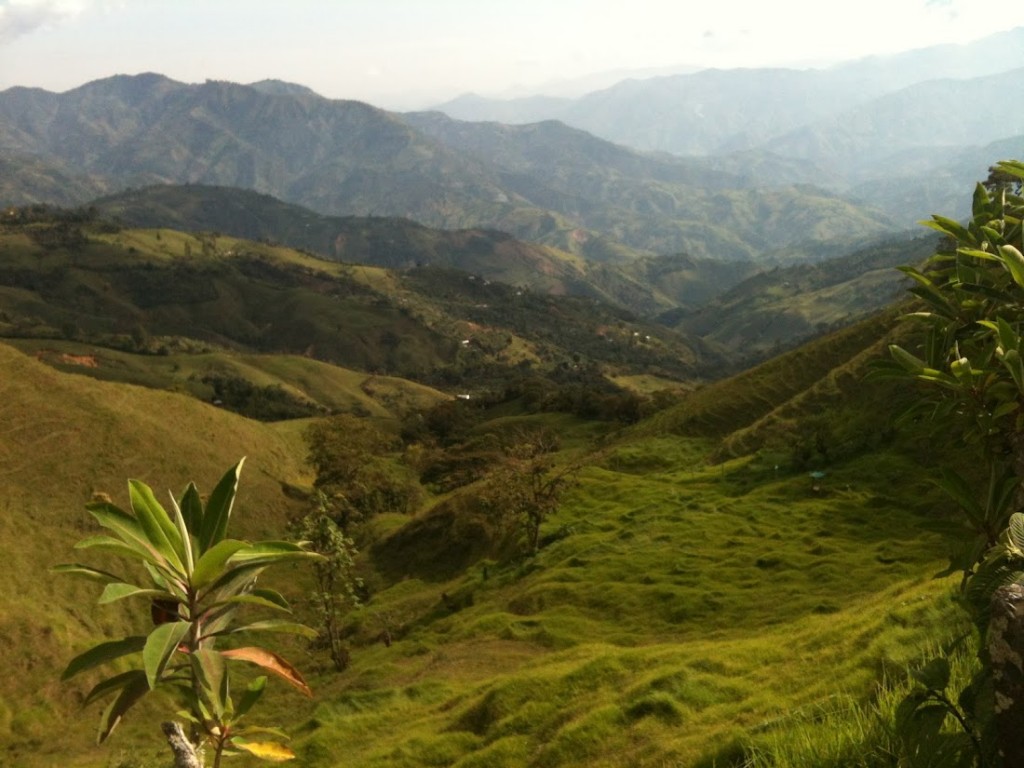
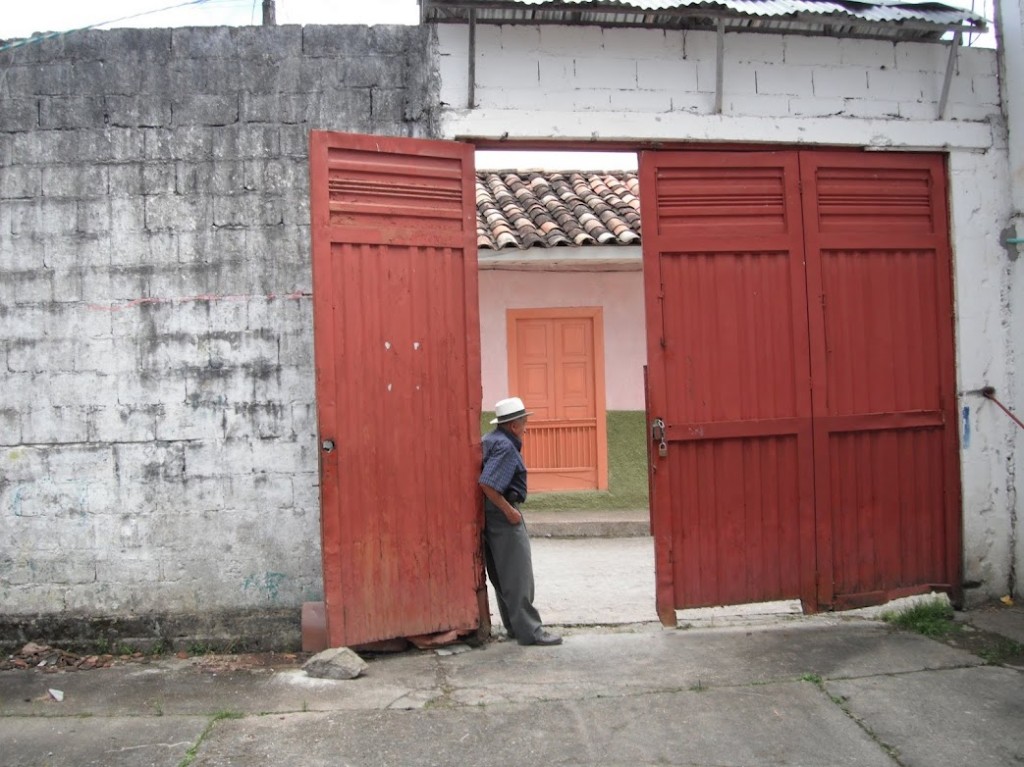
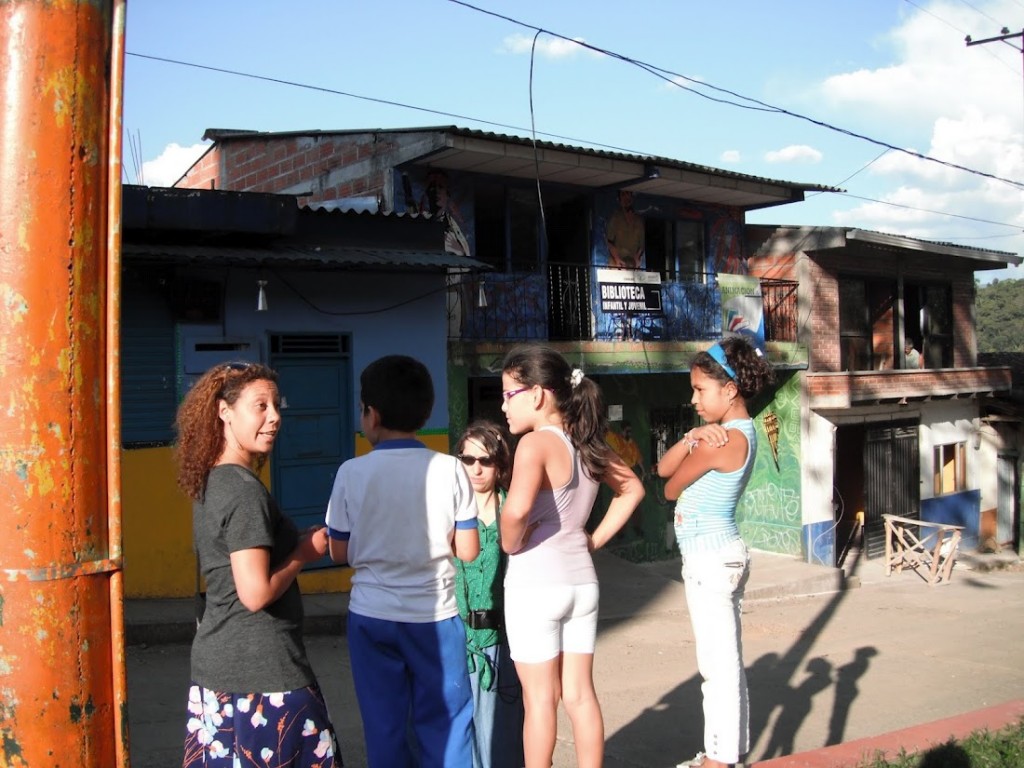
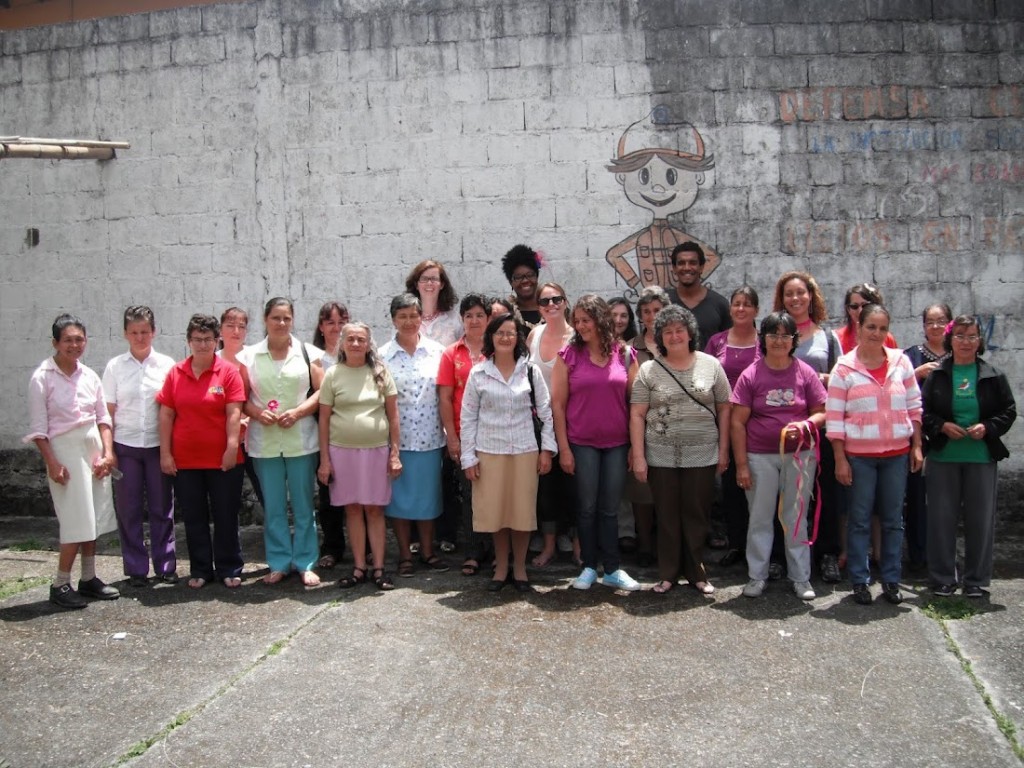

2 thoughts on “Mind, Body, Spirit, & Gratitude”
What a great post! I have been studying up on body, mind, and spirit thanks to Geoffrey Oelsner’s book, “A Country Where All Colors Are Sacred and Alive.” I have come to realize that we can have some degree of positive impact on environmental well-being through prayer, meditation, attunement to nature, and so forth. Great photos by the way. Would love to go to Columbia one day!
http://geoffoelsner.com/
Thank you! Just a reminder, though, Colombia is spelled with an O. (We know, many make that common mistake.)